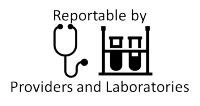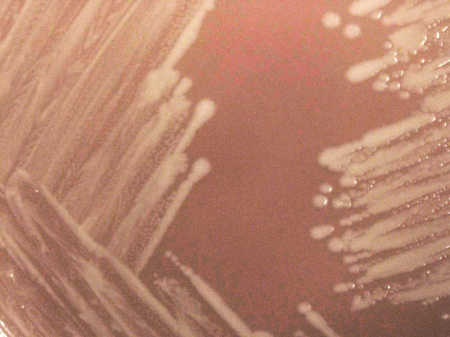Haemophilus influenzae Invasive Disease


Infectious agent: Haemphilus influenzae
Description of illness:
Haemphilus influenzae is a pleomorphic gram-negative coccobacillus and is isolated in 2 major forms: unencapsulated and encapsulated. Unencapsulated strains are termed nontypable and are rare causes of serious infection but are a common cause of ear infections in children and bronchitis in adults; they are a rare cause of chorioamnionitis and neonatal sepsis. Encapsulated form has six generally recognized types: a, b, c, d, e, and f. Only type B (“Hib”) is vaccine-preventable; all invasive disease isolates are serotyped at the state public health laboratory.
H. influenzae type b (Hib) colonizes nasopharynx, in some persons the organism enters the bloodstream and causes invasive disease. Before the introduction of vaccines, Hib was the leading cause of bacterial meningitis and other invasive disease among children <5 years of age; it is now rare due to effective routine immunization. The most common types of invasive disease are meningitis, epiglottitis, pneumonia, arthritis, and cellulitis.. Hearing impairment or other neurologic sequelae occur in 15%–30% of survivors. The case-fatality rate is 2%–5%, despite appropriate antimicrobial therapy.